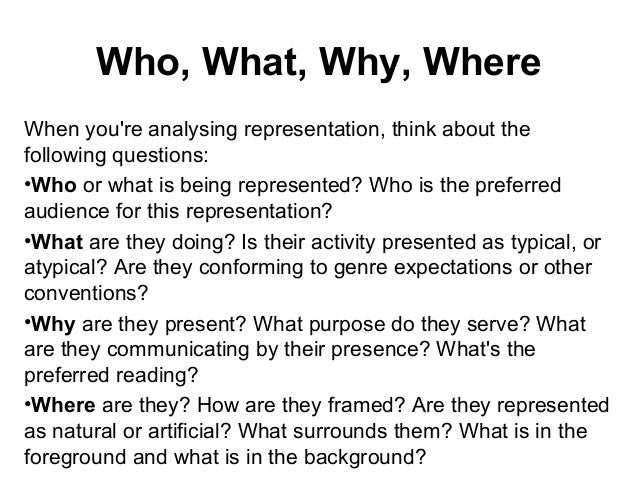1) What was the task you were given and who was your target audience? As the audience wasn't typical of the product how did you manage to sell it? What was the name of your brand?
Once being put into groups we were happily given the topic 'Teen issues". From this started point we initially thought of bullying and depression, soon after researching the "young mind" advert we took inspiration from that at extended the idea of 'depression' further. Our main target audience were high school kids struggling with loneliness, feeling unwanted and worthless, an issue that has massively spread across the world. By creating a youtube video we knew this would be the best way to attract our audience, in our video we wanted to show the same perspective that sense of feeling alone and not fitting in. We decided by creating young minds it would make us feel closer to the target audience and make them feel more connected to our story, all in hope to make them feel comfortable to come and receive help from our charity 'Young Minds".
In my group was Josh, Abby and Emily . In our planning, we gave out different roles to our team. A few examples are editor, cameraman and actors as well as other small jobs such as getting props and making a filming schedule. By giving each other a role, we were able to divide the research work. This meant each member of our group were responsible for at least one feature, getting everyone involved. For filming, we had one main cameraman and the rest of the group added in opinions and ideas to get the best shot for the scenes.
4) What research and planning did you undertake? We researched three other similar existing adverts for similar topics, depression and mental health, and took some ideas on how to piece together an advert raising awareness for a real life problem that affects so many. With these three videos we evaluated them to see the good effective parts and what could be improved. As well as this we created a storyboard to see how the different scenes would look when pieced together and if we could put the scenes in a different order to improve the video.
5) Feedback:
- "The Quality is really good, perhaps create your own charity and slogan"
- "Its very effective and really well promoted. However in the classroom scene i focused more on Connor as i didn't know the main character although as it went on it was very clear.
- "After the phone call perhaps have a close up of the main character to show more of her emotion"
- "You have good and large variety of camera angles, also good use of video transitions and effects (e.g the black and white effect)"
- "Perhaps show more emotion than just 'sad' e.g. Anger, frustration, jealously.
The whole idea of our video worked well with our project of a charity for teen issues. Also, the black and white effect sets the mood and our actress played the part well and was very convincing. Next time, our group could do more scenes is a range of places. This would allow more people to relate to this message instead of just teenagers suffering at school.
8) Looking ahead, how will this learning be significant when completing your future productions?
This production will teach me that the colour of your production is very important as it can completely change the personality of the advert alongside the music which changes the whole aspect of the performance. As well as this the different camera angles and shots can create a dramatic effect amongst the audience.










